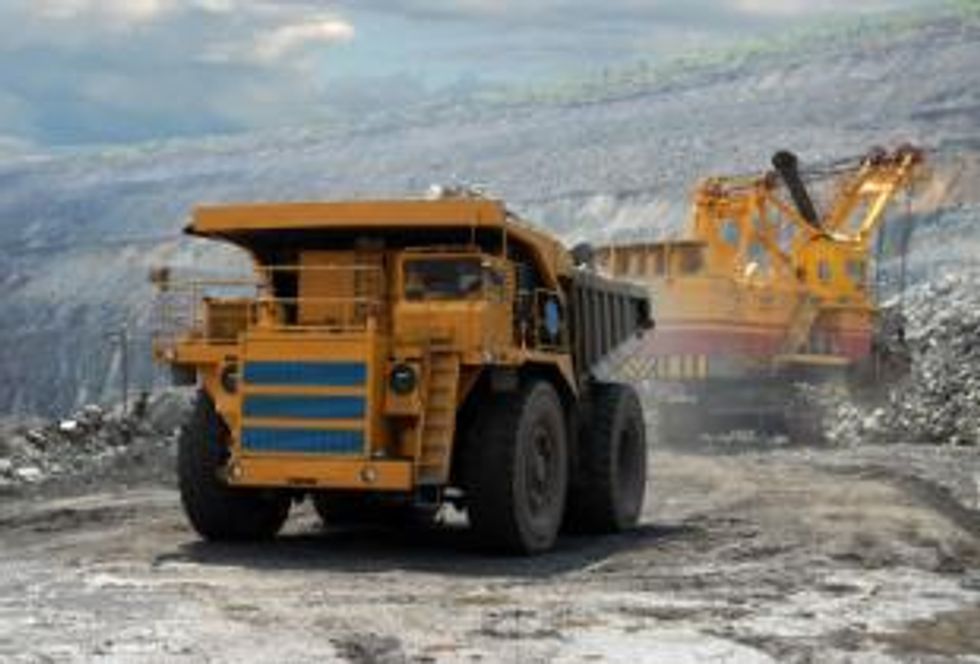The supply of tantalum from non-conflict sources is stretched thin. Prices may rise as increased demand for electronics pushes electronics manufacturing companies’ stockpiles to the limit. Tantalum prices have already jumped over the last year, and may continue their rise by 50 percent through 2011 as scrap for the metal is running out.
By Michael Montgomery—Exclusive to Tantalum Investing News
The recent passing of the ‘conflict minerals’ bill in the US has spiked interest in tantalum mined outside of the Democratic Republic of Congo. With the continuing rise in demand for high tech tantalum-containing products , and the supply of the metal decreasing, the end result is naturally rising prices. Tantalum scrap is in high demand and a shortage looms. Chinese buyers of the metal recently bought 80 percent of Brazil’s entire tantalum output as significant amounts of material are becoming increasing hard to come by. This is an exciting time to be part of this market.“Offers for tantalum scrap are soaring as high as $330 per kg as the market faces a looming shortage that has brought prices for secondary metal in line with tantalum bars,” stated a report on Metal Bulletin.
Tantalum is not traded publicly on any markets. Prices are set by long-term supply contracts between mining companies and suppliers; as a result, prices are subject to instability. Contract prices for the metal have doubled in the last six months.
Some have speculated this may be a determining factor for Talison Tantalum, which in 2008 closed its Wodgina tantalum mine that supplied 30 percent of world supply, to restart production. It closed the operations as the financial crisis depressed the prices for all metals. Rumors that Talison would re-open the mine in 2010 if the prices returned to an economic level have been largely unfounded, as of now the company has no vocal plans to resume production.
“To put this into perspective, Wodgina has an annual nameplate capacity of nearly 600t of tantalum oxide, while Talison’s Greenbushes mine, also suspended, could add a further 450t. Little wonder then that the markets quickly fell into disarray once electronics manufacturers stopped buying new material and began running on their internal stocks,” reported Simon Walker, for Mining Technology.
With Talison out of the picture for the foreseeable future the two other major sources outside of the DR Congo is Fluminense, a tantalum miner in Brazil and a member of the Metallurg Group, and Gippsland Limited’s (ASX:GIP) Abu Dabbab project in Egypt. In Gippsland’s case, the project, which has a 44.5 million tonne ore body containing tantalum, tin and feldspar, is still two years from production.
Fluminense recently sold 200,000 lbs of tantalum to a Chinese buyer for a price of $80 per pound. “Someone purchased 75 [percent] of Brazil’s output for $80, this after rejecting material from the conflict zone of the Congo,” reported Metal Bulletin, adding “the customer was China’s Ningxia Non-Ferrous. Apparently the move to buy almost all of Brazil’s tantalum production was due to, in part, the stigma of conflict minerals in the eyes of western buyers.
There are a few Canadian projects in the works as well. One is Commerce Resources’ (TSXV:CCE) Blue River project in British Columbia, and the Eldor project in Quebec. However, both are not yet producing.
Supply shortages will continue to be a problem as companies deplete their stockpiles. The lack of conflict free sources of the material will also continue to drive up prices. However, this lack of new sources combined with the fact that prices are being set by long-term contracts creates the potential that the end result may not be a price explosion, but instead a disappearance of products containing tantalum.
“Tantalum is rare enough that there aren’t alternative suppliers. If a stockpile runs out, that can mean that a set of electronic parts simply doesn’t get delivered, rather than the price simply rising,” reported Jesse Emspak, for International Business Times. He added that most companies have over one year’s worth of supply, but others may only have a three-month stockpile.
Despite this possibility, tantalum prices are expected to rise further until other sources for the metal are extracted and put into the market. As electronics manufactures stockpiles begin running out the problems will only be compounded, causing a potential price spike.
“Ron Gilerman, managing director at A&R Merchants, which trades tantalum and other exotic metals, . . . said another 50 [percent] increase in prices across the board in 2011 is in the offing,” stated Emspak.
